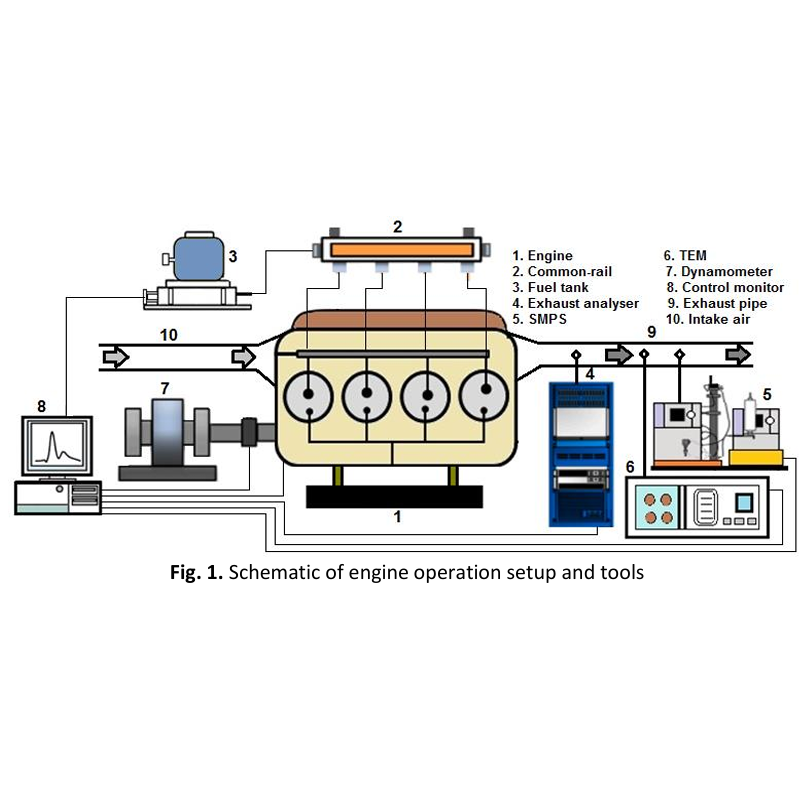Influence of Sophisticated Post-Injection Strategy and Oxygenated Fuel Blends on PM Characteristics and Improvement in Soot Oxidation Reactivity in Diesel Engine
DOI:
https://doi.org/10.37934/arfmts.125.2.93105Keywords:
Post-injection, oxygenated fuel, NOX emissions, soot, oxidationAbstract
Multiple injections strategy have been commonly effective technique applied in engines to reduce the exhaust emissions and management of exhaust catalyst systems. The effect of post-injection strategy (PIS) on soot characteristics and emissions in compression ignition (CI) diesel engine operating with oxygenated fuels (B100, B20 and B16) was experimentally studied in this study. In addition, the effect of PIS and oxygenated fuels properties on emissions, oxidation reactivity and nanostructure of soot emissions are studied and analysed. It is indicated that the PIS increase the emissions of CO and THC, while the NOX emissions slightly decreased for all fuels. Furthermore, the NOX emissions decreased by 12.6% from the effects of PIS and oxygenated fuels in comparison with diesel. The oxygenated fuels enhance the oxidation reactivity of soot emission to be faster than to the diesel. The nanostructure of soot formation generated from oxygenated fuel showed disorder shape in graphen layers of soot emissions in comparison with diesel. Furthermore, the internal structure of soot emission indicated that more space between graphen layers and hollow in case of oxygenated fuels which result in easier oxidation compared to the diesel. For all fuels, B16 presented attractive results in reduction NOX and soot characteristics for both size and nanostructure compared to the other fuels.
Downloads

































